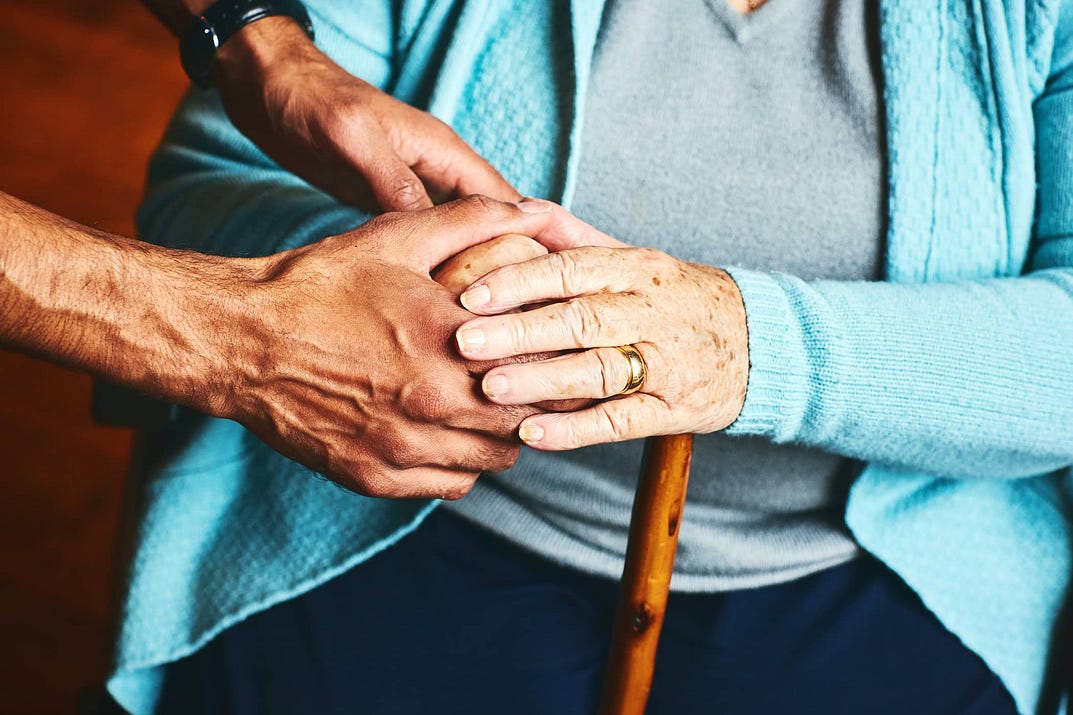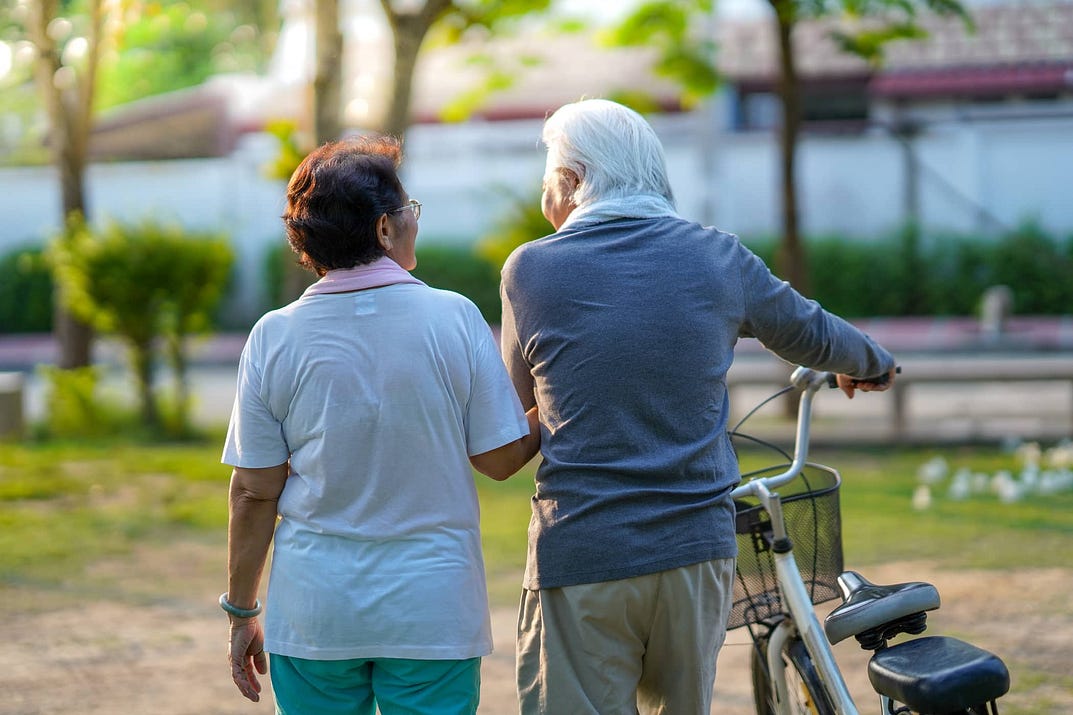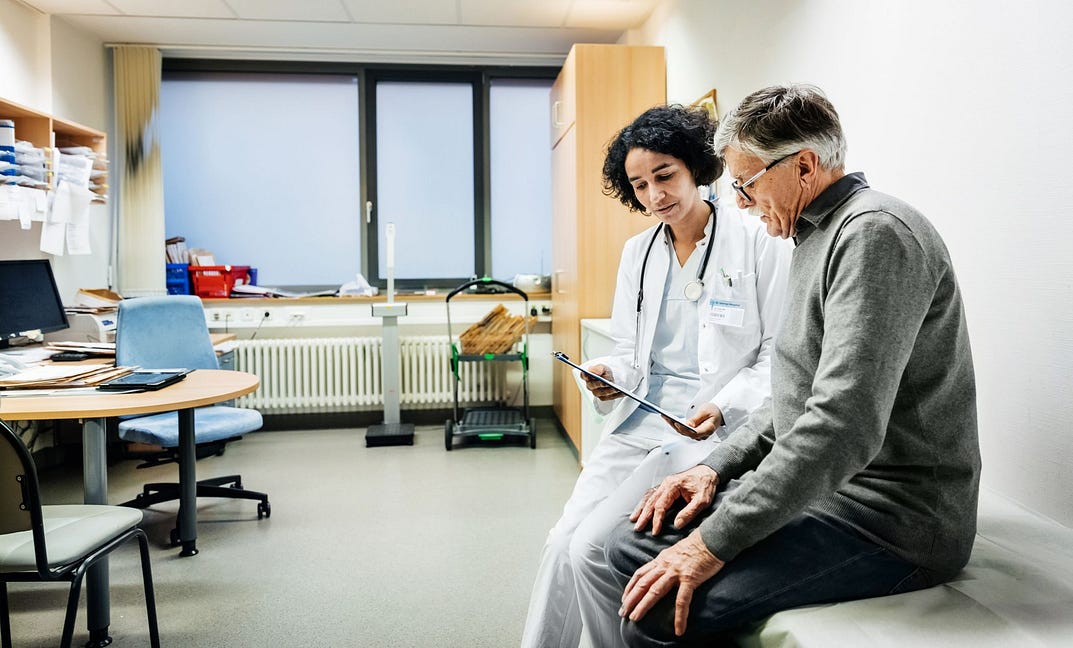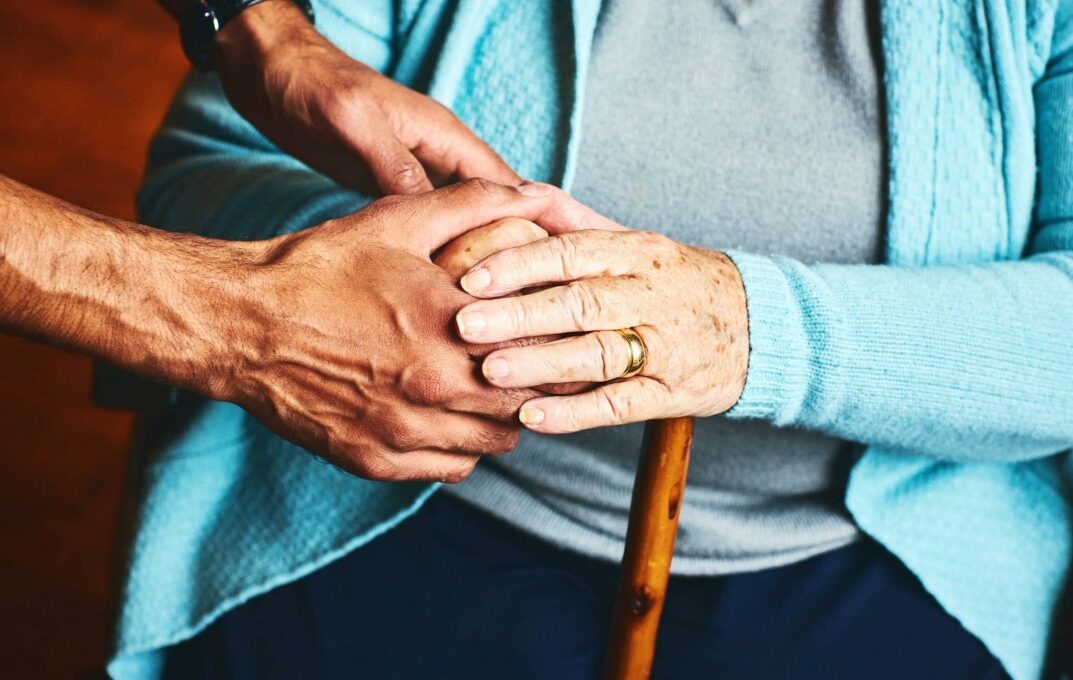This is an Executive Summary of the report below, with the title above by the editor of the Blog, as well the Key Messages summarized.
Cancer and Ageing — Policy responses to meeting the needs of older people
EIU report
Andrea Chipman and edited by Elizabeth Sukkar
Supported by Sanofi
May 2020
Key Messages
by Joaquim Cardoso MSc.
Chief Editor of “The Health Strategist” blog
Cancer kills nearly 10 million people a year,
- some 70% of those are aged 65 or older,
- yet older populations face disproportionate barriers to effective treatment.
The key findings of the research are:
- Older people are not always treated fully for cancer
- There is a need to treat older cancer patients as individuals
- More and better data is still needed to support clinical decision-making
- Better support services can help those with cancer and their carers navigate the patient journey
- Multi-disciplinary teams are vital to improving outcomes:
It is therefore incumbent on governments (and other stakeholders) to address the particular challenges that older people with cancer face.

Executive Summary
EIU report
Andrea Chipman and edited by Elizabeth Sukkar
Cancer is a global public health threat that is increasing as populations age and life expectancies increase around the world.
More than half of all new cancer cases occur in those aged 65 and older, and this age group accounts for 70% of cancer deaths.¹
It is therefore incumbent on governments to address the particular challenges that older people with cancer face.
Yet, even in advanced states such as the US, Japan and countries within the EU, health systems are not always identifying the specific needs of older people² living with cancer or defining individualised care pathways for them.
This is especially notable at a time when developments in personalised treatment, such as immunotherapies, have the potential to improve outcomes and make cancer treatment less toxic for even the frailest older patients.
The absence of adequate evidence on the best ways of managing and treating older people living with cancer is one clear challenge.
The lack of sufficient geriatric expertise within the oncology specialty is another.
Compounding these issues is the lack of multidisciplinary treatment pathways in the regions looked at in this briefing paper alongside the limited ability of patients and their carers to contribute to the development of better service provision.
Ultimately, healthcare workers and policymakers are frequently failing to see older people living with cancer as individuals.
Better geriatric training and understanding of the special health issues facing older people could help elderly cancer patients make informed decisions with their doctors that will aid them in their cancer journey.
At the same time, there are good examples of efforts to help older people better navigate the process-from more organised guidance in larger health systems in the US to pilot projects that train laypeople to help cancer patients access sources of support in the US, UK and elsewhere in Europe.

Policymakers are frequently failing to see older people living with cancer as individuals
Exacerbating matters, as the covid-19 pandemic progresses, cancer services are being prioritised according to patient needs, where priority may go to those with active disease while follow-up care, such as screening
for recurrence may be postponed as health systems struggle to manage resources and capacity.³
The key findings of the research are:
Older people are not always treated fully for cancer:
Experts say that there is intermittent bias against screening and treating older people for cancer in some health systems. This can range from upper age limits on mammography to a tendency to avoid aggressive treatments such as chemotherapy even when patients might be able to tolerate a moderate dose.
Need to treat older cancer patients as individuals:
By undertaking geriatric assessments, clinicians and healthcare systems are better placed to provide personalised cancer management that meets the needs of older people.
Clinicians sometimes have a tendency to exclude older patients from treatment as they are assumed to be too frail to tolerate.
Healthcare providers can better support cancer patients with additional co-morbidities if they introduce a wide range of preparative measures before the initiation of therapy, such as physiotherapy to improve balance or memory aids.
More and better data is still needed to support clinical decision-making:
The lack of clinical studies involving older cancer patients, especially those with co-morbidities, is feeding into clinical hesitance to prescribe more ambitious therapies (which can include radiation, chemotherapy and immunological and biological treatments).
Better use of real-world evidence and more incentives for researchers to include older people in studies could expand the information available to healthcare professionals and providers and help to create a smoother patient journey. In addition, better geriatric knowledge on the part of oncologists would inform screening, diagnostic and treatment decisions as well as post-cancer care.
Better support services can help those with cancer and their carers navigate the patient journey:
In addition to joined up medical care, patients need psychosocial support, education and customised advice during the whole care pathway.
While there are few such programmes in place, a number of pilot programmes seeking to engage patients are under way.
Multi-disciplinary teams are vital to improving outcomes:
Integrated teams of oncologists, surgeons, general practitioners, palliative care staff, psychologists, nutritionists and physiotherapists are key to providing a more seamless cancer care pathway for patients.
But multi-disciplinary approaches that seek to cover a range of needs appear weak or absent in many healthcare systems.
Providing joined-up care is not only important during diagnosis and treatment but also after cancer treatment has completed in order to ensure adequate follow-up care.
Better understanding of potential medical interactions and resulting side effects on the part of all clinicians treating patients would also ease the patient journey.
This is especially relevant as the increased vulnerability of older cancer patients to covid-19 creates an additional set of considerations for medical teams.⁴
This report was written by Andrea Chipman and edited by Elizabeth Sukkar of The Economist Intelligence Unit.
May 2020

The proportion of the population aged 65 and over will rise from 17.4% in 2017 to 27.1% by 2050
Sources:
See the original publication.
Originally published at https://cancerandageing.eiu.com












